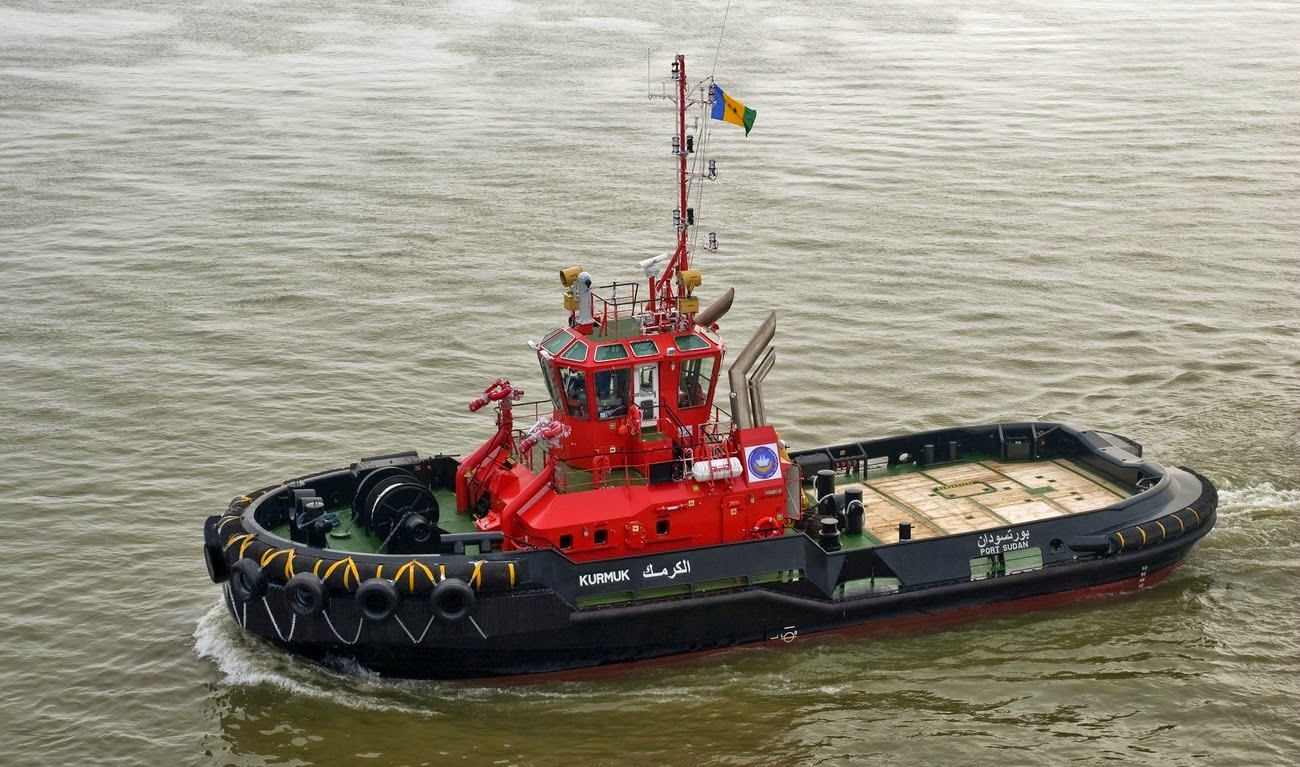What is the difference between an oil rig and an oil platform?
You often hear reference to oil rigs and platforms, and sometimes people will say, that wasn't a platform, it was a rig; or the opposite. So why do the terms cause so much confusion? As usual, it is because there is some crossover in the terminology. But if you understand the underlying mechanics, you will be much clearer.
The short answer:
~ A platform is a permanent structure fixed to the seabed.
~ A rig is moveable platform, which is moved into place by barges and then secured in each location temporarily.
The long answer:
1. Platforms
Firstly, let's look at platforms. They have three main parts; the jacket (the legs which are secured in the sea/ocean), the deck (a large flat surface area), and the modules (crew quarter blocks, drilling aparatus, storage containers etc. which are fixed to the deck).
A basic fixed platform is fixed in a permanent position on the seabed with anchors (as above) and is not intended to move. It provides a long-term, stable facility from which a lot of oil can be produced because it can host so much equipment and crew. As a result, they tend to be build in locations with known long-term oil deposits.
However, there are other types of platform which are similar. Compliant Towers (below) are like fixed platforms, but have more narrow, flexible jackets, meaning they move with the wind and waves. There are also tension-leg, subsea and SPAR varieties, as well as numerous other iterations and combinations of the above.
2. Rigs
Generally rig refers to a jackup rig. This is a moveable platform with very tall legs, which can be jacked up and down, meaning it can be towed into place and then lowers its legs into the seabed, creating a stable but temporary platform from which drilling or other work can take place. They tend to be used for smaller oil deposits and shallower water.
















